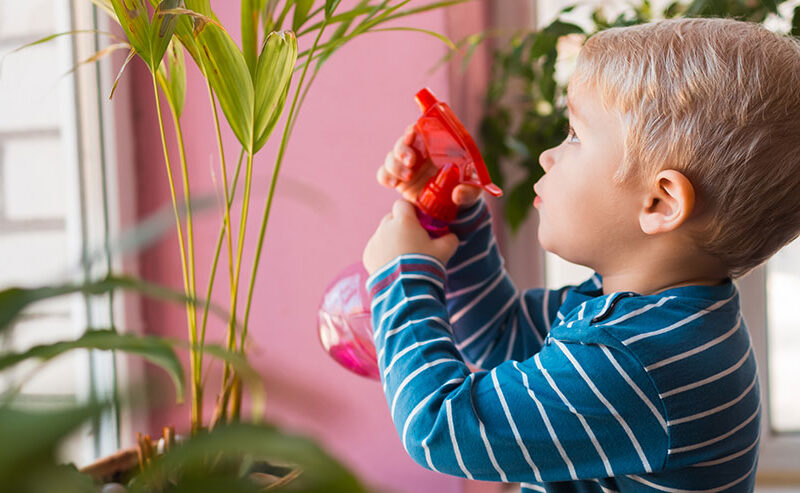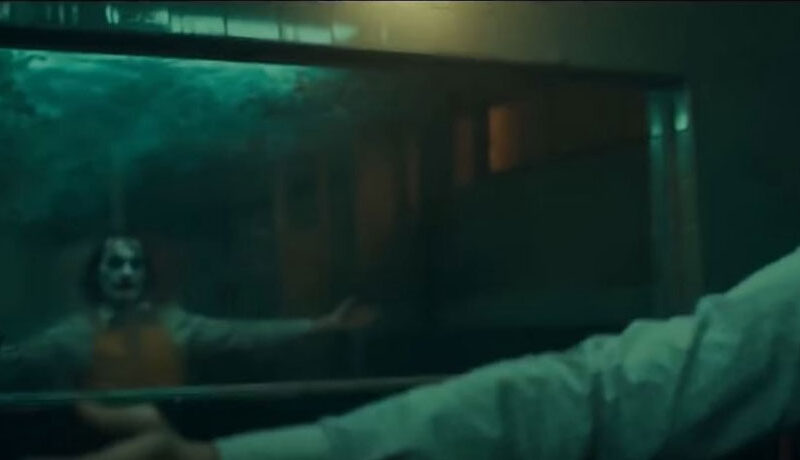How do swear words factor in to a movie’s MPAA rating?
How do swear words factor in to a movie’s MPAA rating? https://mediatrics.com/wp-content/themes/corpus/images/empty/thumbnail.jpg 150 150 Mediatrics Mediatrics https://mediatrics.com/wp-content/themes/corpus/images/empty/thumbnail.jpgQ: I let my 13-year-old watch the movie “Once”. It’s rated R for language, but otherwise it is a sweet movie. The movie uses swears like one would use “darn-it,” not in a degrading way. My child loves music and understands that swearing is not appropriate. The movie did show a small amount of adult smoking and drinking but did not irresponsibly display teens smoking, drinking, or engaging in risky sexual behavior like so many PG-13 movies I've seen. So, I’m confused about the ratings. Has there ever been a study that shows that swear words in movies are damaging to child health? Does the MPAA consider child health when they rate movies?
-Reviewing the Ratings in Glencoe, IL
A: Dear Reviewing the Ratings,
The MPAA ratings are designed to give the best estimate of what the “average” parent would allow their children to be exposed to. The ratings board is made up of a group of parents who have children between the ages of 5 and 15. They watch the films, discuss them, and then consider language, violence, nudity, sex, drug use, and other content to decide on the rating. The ratings board does not use health outcomes as criteria, and it does not have raters who are qualified to assess those issues.
There are certain rules about the kind of content that can and can not be shown in a film of a particular rating. For example, if the movie contains a single “sexually-derived expletive”, it must be rated at least PG-13, but if that word is used more than once, the rating will be at least R. So it is easy to see how a movie like “Once”, that you found acceptable on many levels, may have been given an R rating.
In terms of research related to swear words, one recent study analyzed how often profanity was used in teen movies between 1986 and 2006. They found that in these movies, teens used more profanity than adults did, and male characters used more profanity than female characters did. They also found that over the 3 decades, the amount of profanity actually decreased. Another study found that ratings have become less and less strict over time, meaning that content that was given an R rating in 1996 was more likely to be given a PG-13 just 7 years later. However, do not know of any health research that indicates that learning swear words or other socially unacceptable language has any health outcomes at all, positive or negative.
I would recommend that you continue approaching the question of which movies are appropriate for your child in the way that it sounds like you already are. Instead of relying solely on the MPAA ratings, you should do some "homework" first and consider how they will affect your own child. It’s great if you can watch the movie yourself before your child sees it, but since that's not always possible, check out these resources:
- CMCH Parent Pages – Learn more about what research shows about movies and health
- Common Sense Media – To see what other parents thought of a particular movie, visit
Enjoy your media and use them wisely,
The Mediatrician®




